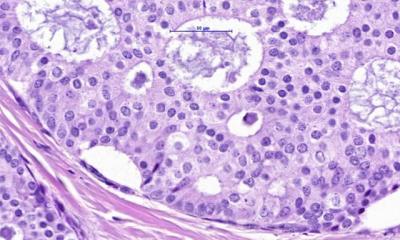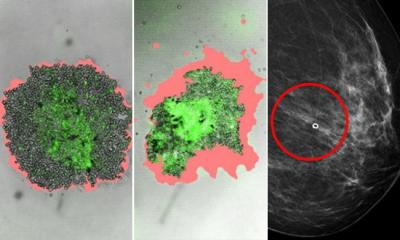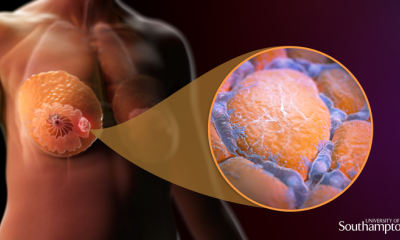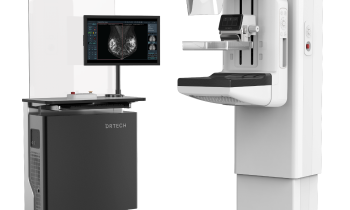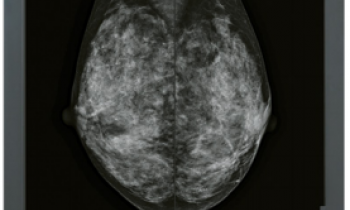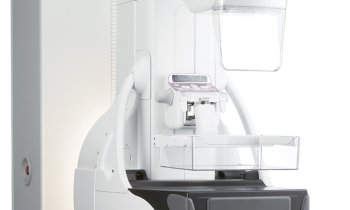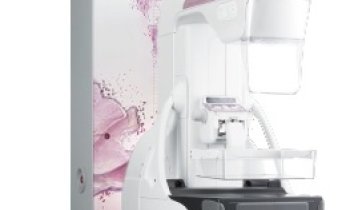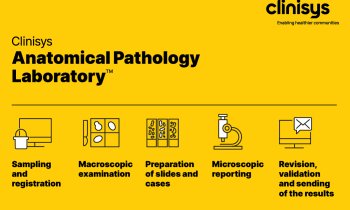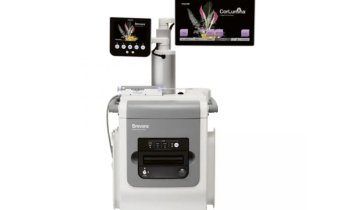© Connect world – stock.adobe.com
News • Cell-free tumor DNA analysis
Liquid biopsy to unlock breast cancer treatments
A new study on circulating tumor DNA (ctDNA) testing for advanced breast cancer has unveiled encouraging results, with high detection rates of genetic mutations and a substantial impact on treatment decisions.
The research, published in Precision Clinical Medicine, highlights the potential of ctDNA analysis as a non-invasive method to identify actionable biomarkers, enabling precision medicine to tailor therapies to individual patients. By offering real-time genetic insights, ctDNA testing could not only improve patient outcomes but also reduce resistance to treatments, paving the way for more personalized care in oncology.
For years, breast cancer treatment has been guided by genetic alterations found in tumor tissue, typically through invasive biopsies. However, the dynamic nature of cancer and limitations in tissue sampling have presented significant obstacles for clinicians. circulating tumor DNA (ctDNA), which is released into the bloodstream by tumor cells, offers a promising non-invasive alternative. It allows for real-time monitoring and comprehensive genetic profiling, providing new opportunities to track cancer progression and response to treatment without the need for repeated biopsies.
Our research shows that ctDNA analysis offers a deeper understanding of the genetic makeup of advanced breast cancer, providing essential insights that enable more personalized treatment approaches
Peter A. Fasching
The new study by researchers from the PRAEGNANT Network in Germany explores the clinical implications of ctDNA testing in advanced or metastatic breast cancer. The study aims to assess the prevalence of genetic mutations, the factors driving ctDNA testing, and its effect on clinical decision-making in treatment.
In the study, 49 patients with advanced or metastatic breast cancer underwent ctDNA analysis using the FDA-approved Guardant360 CDx test. The results were striking, revealing that 76% of patients had at least one somatic mutation, with the most frequently altered genes being TP53 (29%), PIK3CA (24%), FGFR1 (20%), and ATM (16%). Mutations in BRCA1 and BRCA2 were found in 6% and 8% of patients, respectively, while 12% of patients exhibited ESR1 mutations. These findings underscore the potential of ctDNA as a valuable biomarker, especially for patients with hormone receptor-positive, HER2-negative breast cancer. The study also revealed that ctDNA testing influenced treatment decisions in 35% of cases, enabling eligibility for therapies like alpelisib, elacestrant, and capivasertib. Furthermore, the high concordance between ctDNA and FFPE tissue samples solidified the reliability of this non-invasive testing method.
Dr. Peter A. Fasching, corresponding author of the study, commented on the significance of these findings: "Our research shows that ctDNA analysis offers a deeper understanding of the genetic makeup of advanced breast cancer, providing essential insights that enable more personalized treatment approaches. This non-invasive method has the potential to transform how metastatic breast cancer is managed and treated."
The integration of ctDNA testing into everyday clinical practice could revolutionize breast cancer treatment, offering a more precise and tailored approach. By identifying specific genetic mutations, clinicians can personalize therapies, improving outcomes and potentially reducing resistance. This study highlights the importance of adopting ctDNA testing more widely and emphasizes the need for further research to maximize its potential in revolutionizing cancer care.
Source: Maximum Academic Press
21.02.2025



